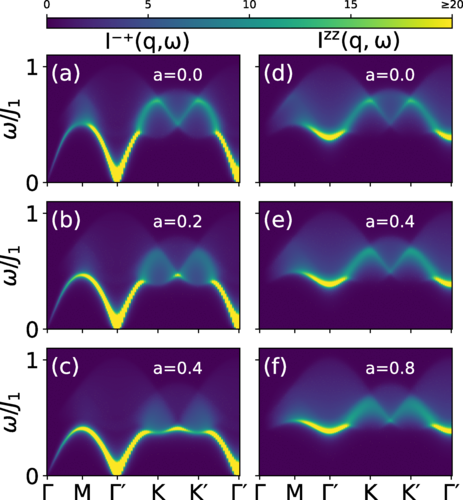We have developed a new method that is able to predict the electrical properties of the source and drain contacts in realistic carbon nanotube field effect transistors (CNTFETs). It is based on large-scale ab initio calculations combined with a Green function approach. For the first time, both internal and external parts of a realistic CNT-metal contact are taken into account at the ab initio level. We have developed the procedure allowing direct calculation of the self-energy for an extended contact. Within the method, it is possible to calculate the transmission coefficient through a contact of both finite and infinite length; the local density of states can be determined in both free and embedded CNT segments. We found perfect agreement with the experimental data for Pd and Al contacts. We have explained why CNTFETs with Pd electrodes are p-type FETs with ohmic contacts, which can carry current close to the ballistic limit (provided contact length is large enough), whereas in CNT-Al contacts transmission is suppressed to a significant extent, especially for holes.

We have developed a new method that is able to predict the electrical properties of the source and drain contacts in realistic carbon nanotube field effect transistors (CNTFETs). It is based on large-scale ab initio calculations combined with a Green function approach. For the first time, both internal and external parts of a realistic CNT-metal contact are taken into account at the ab initio level. We have developed the procedure allowing direct calculation of the self-energy for an extended contact. Within the method, it is possible to calculate the transmission coefficient through a contact of both finite and infinite length; the local density of states can be determined in both free and embedded CNT segments. We found perfect agreement with the experimental data for Pd and Al contacts. We have explained why CNTFETs with Pd electrodes are p-type FETs with ohmic contacts, which can carry current close to the ballistic limit (provided contact length is large enough), whereas in CNT-Al contacts transmission is suppressed to a significant extent, especially for holes.
